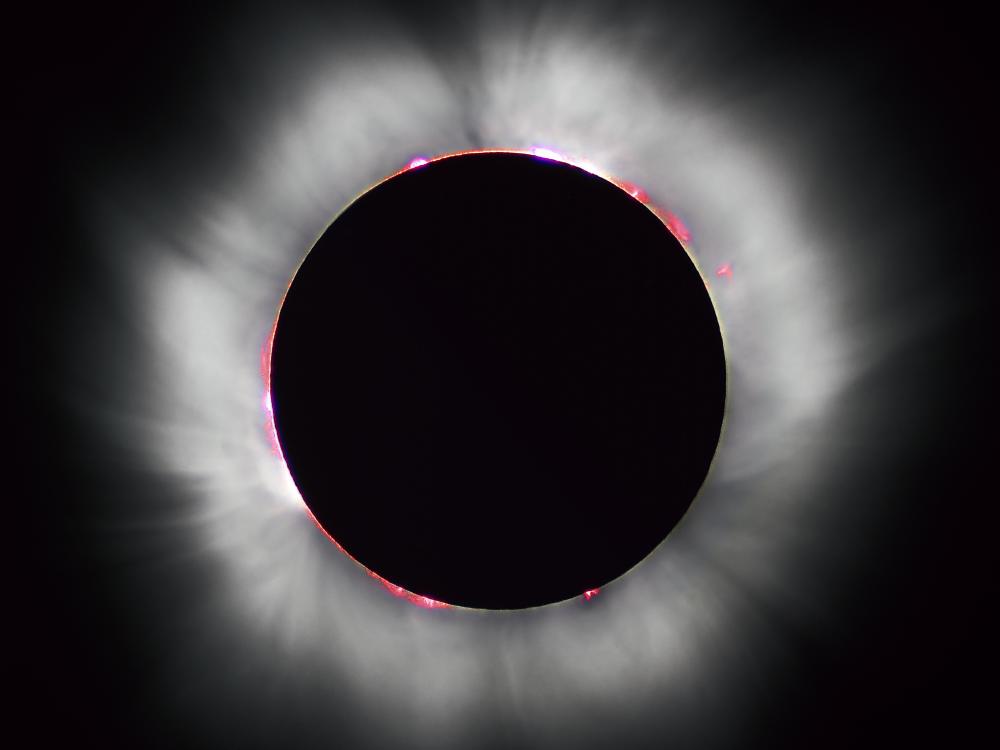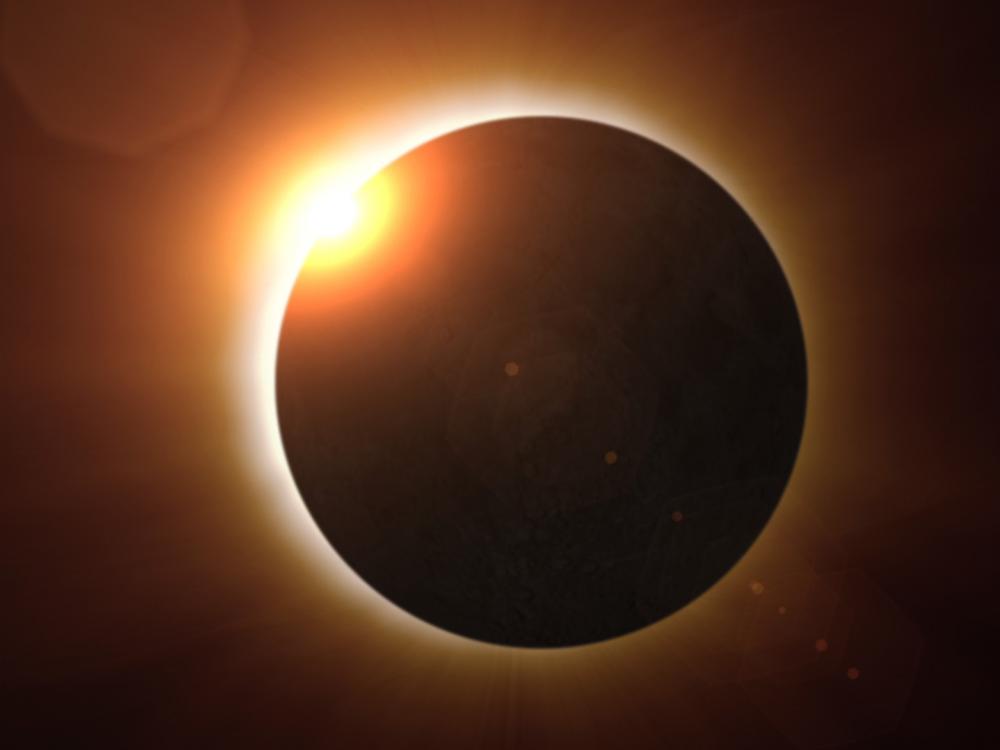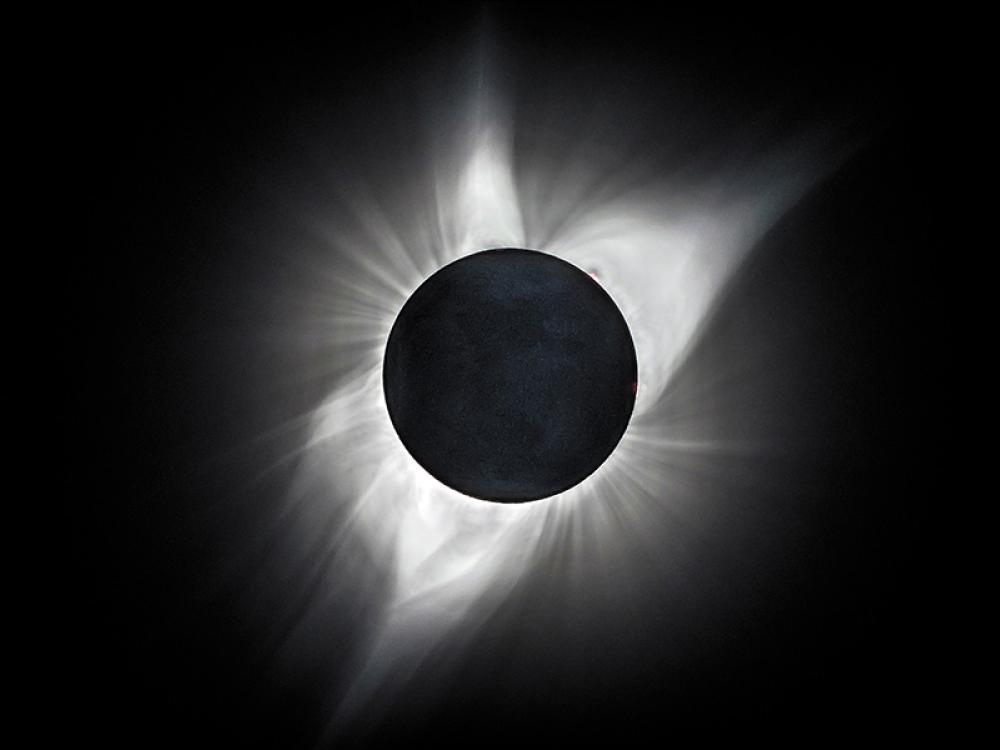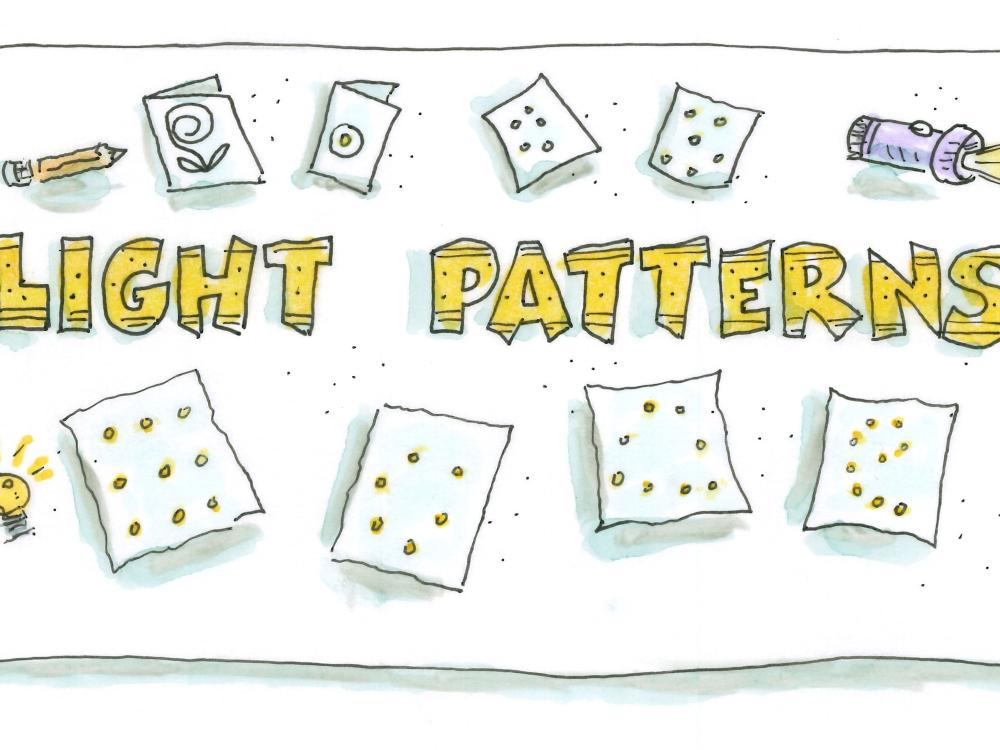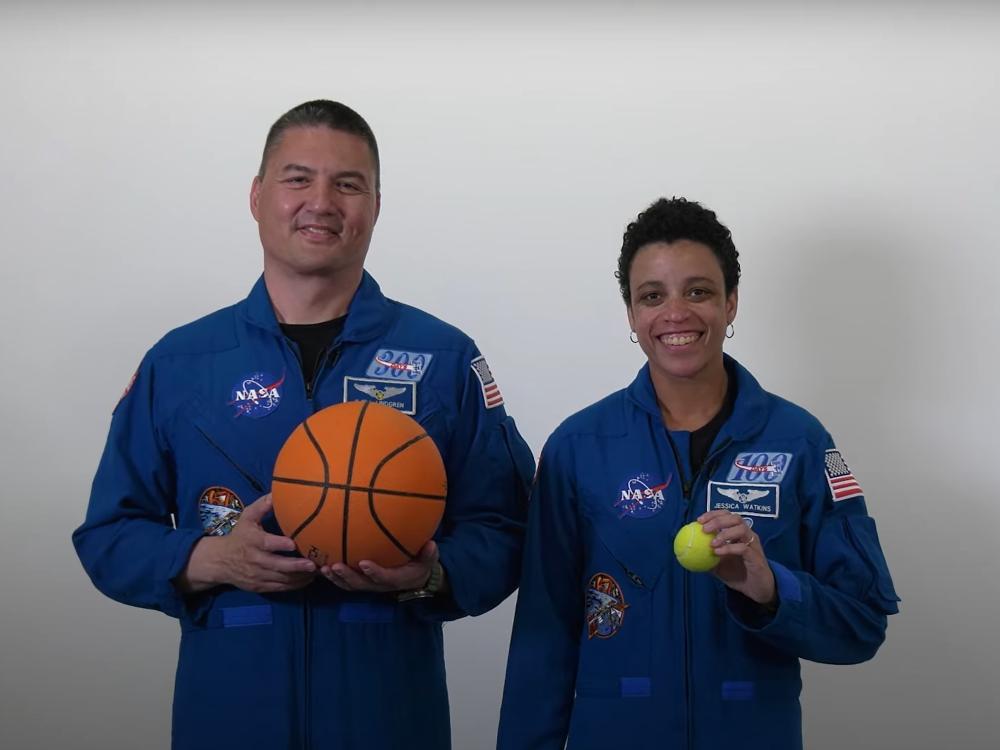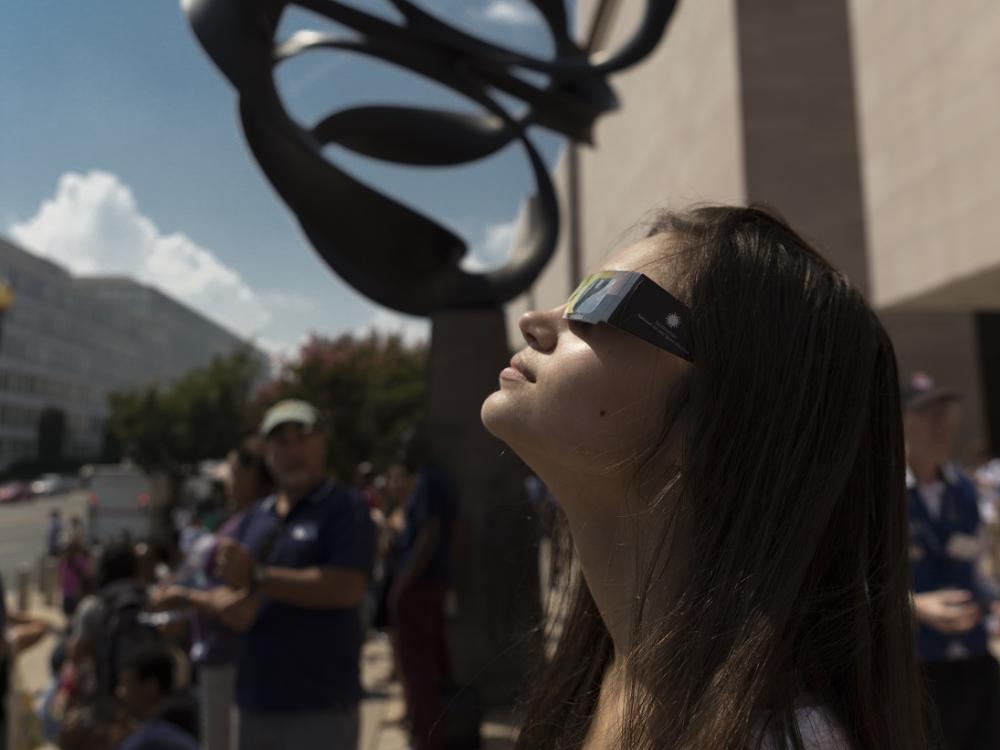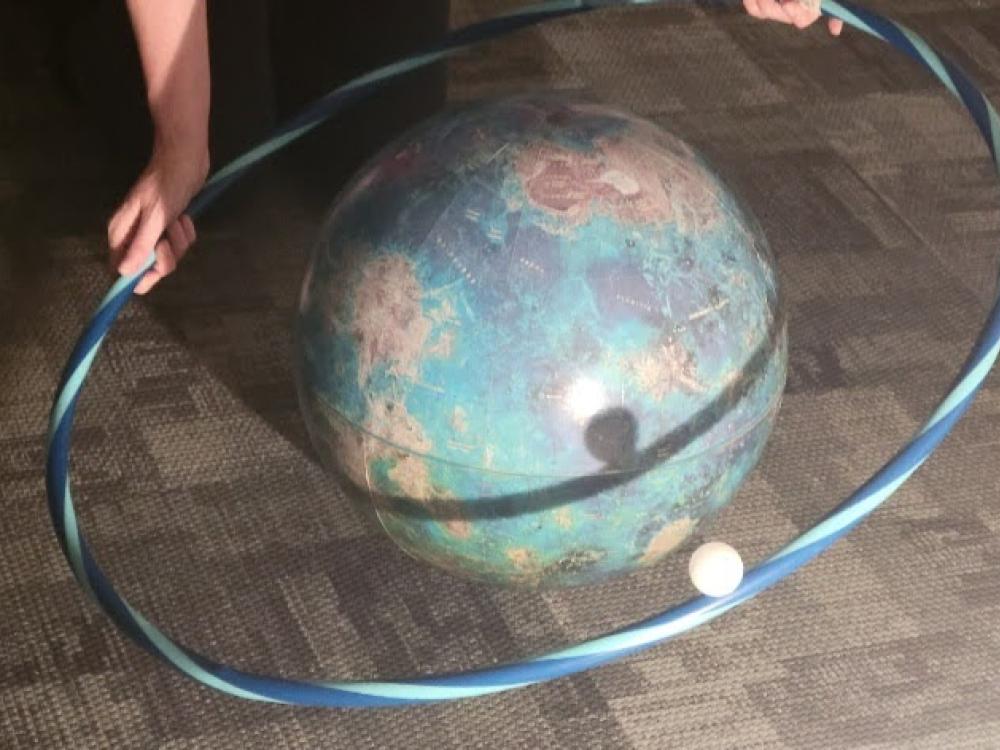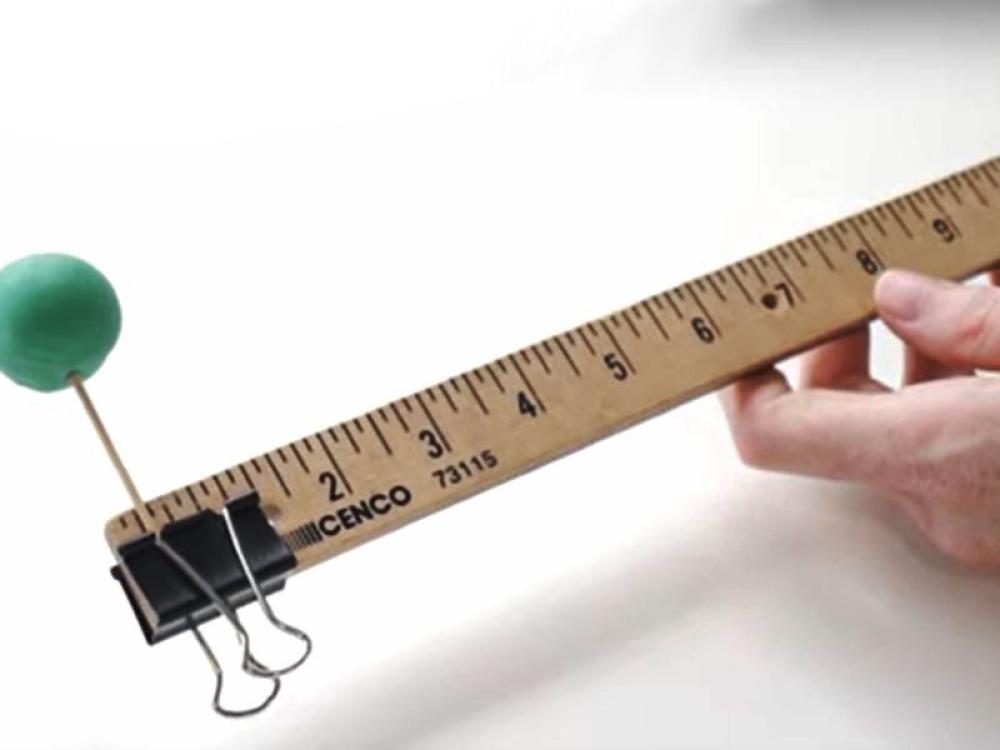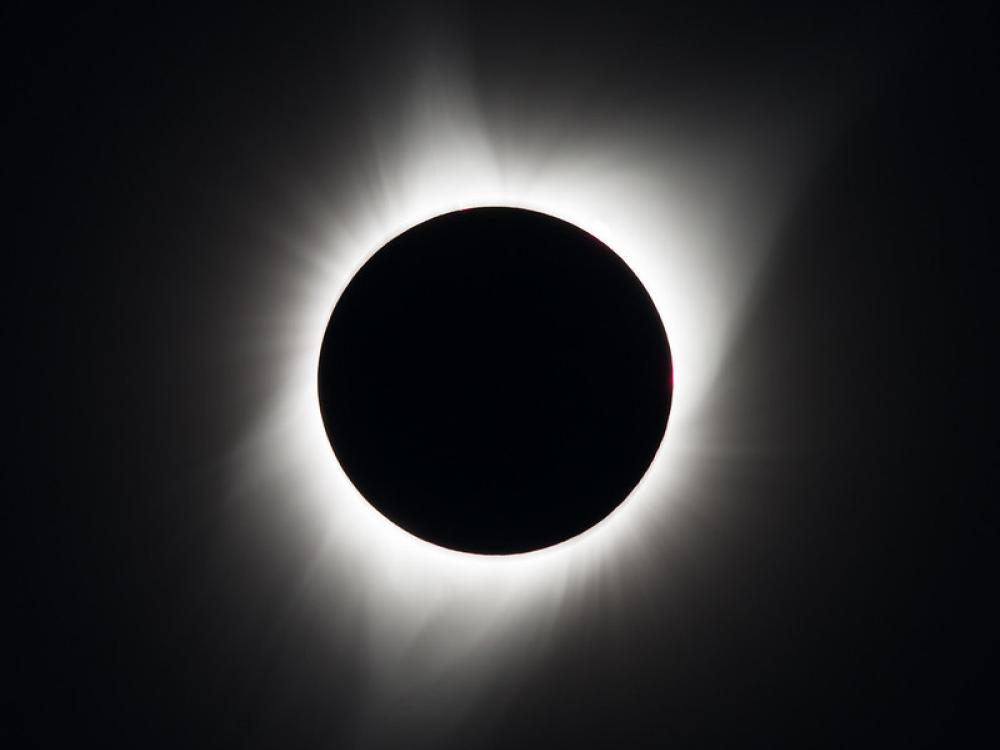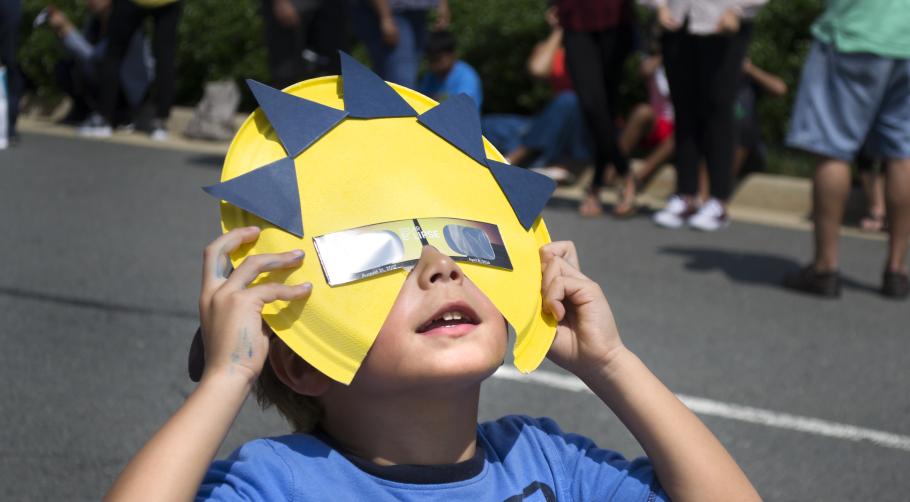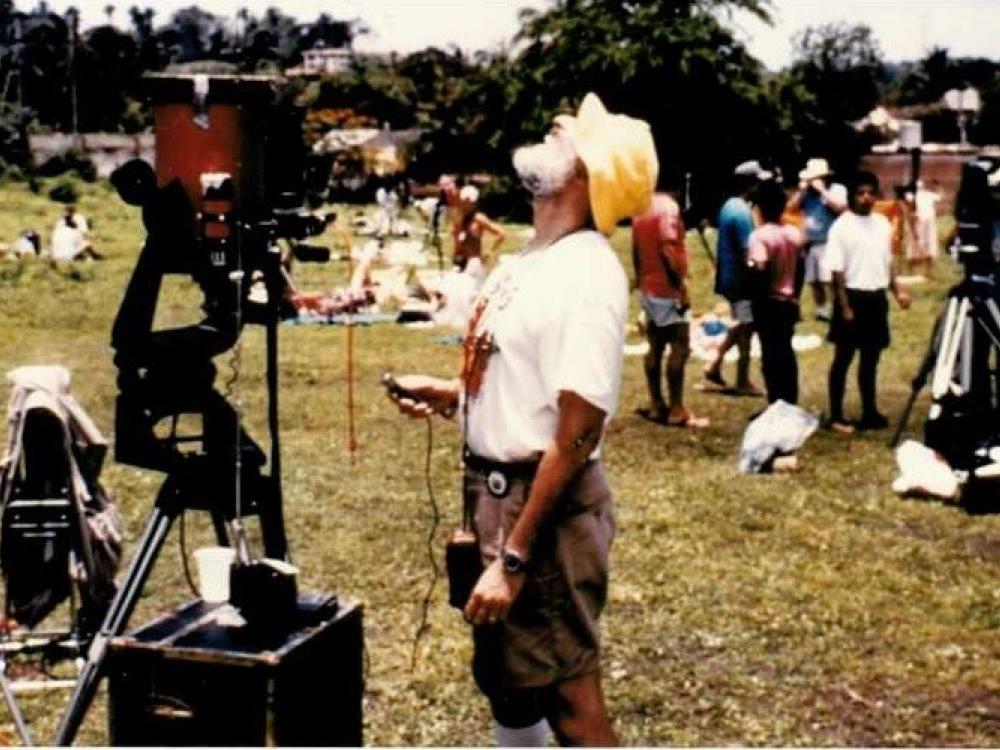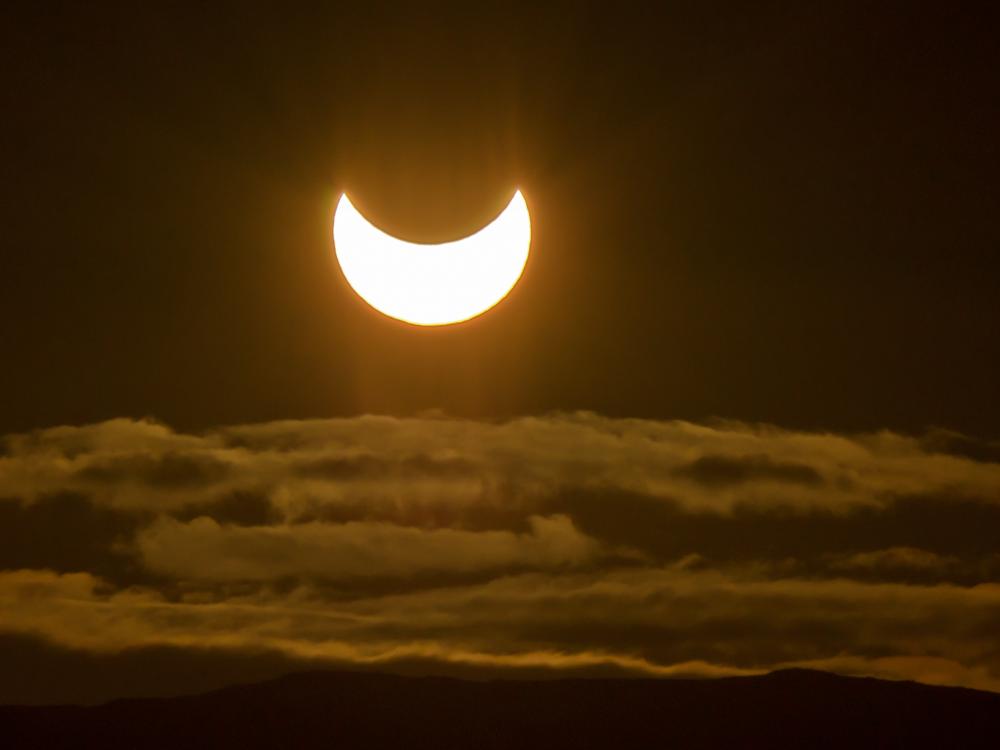A solar eclipse occurs when the Moon passes between the Sun and the Earth and blocks the bright light of the Sun’s surface from view. The shadow of the Moon will fall in a small path on Earth’s surface, called the zone of totality.
It depends on where in the world you are!
The next total solar eclipse will be on August 12, 2026 and visible in the Arctic, Greenland, Iceland, and Spain.
The next total solar eclipse to pass over part of the United States will be March 30, 2033, passing over Russia and Alaska.
If you're in the contiguous United States, the 2040s will be your decade.
There will be an eclipse on August 23, 2044 that passes over a small section of the United States.
On August 12, 2045 a total solar eclipse will pass from California to Florida.
Did you know? Total solar eclipses are not the only type of eclipse.
Solar eclipses are not the only type of eclipses.
Lunar eclipses happen when the Earth is positioned between the Moon and Sun, Earth’s shadow falls upon the surface of the Moon, dimming it and sometimes causing the lunar surface to appear red over. Lunar eclipses only occur during a full moon.
More About the Science of Eclipses
Eclipses in History
Readers of all ages may enjoy this list of recommended reading related to the eclipse.
Activities for Young Learners
Educational Videos
Videos for Early Childhood Learners
In this original story from the National Air and Space Museum, three friends get ready to watch a solar eclipse. They make eclipse viewers and learn about what an eclipse means. They think about how it is possible that something like the Moon can block something bigger, like the Sun, from our view. Then they experience the wonder of the eclipse together.
Videos for Middle School Learners and Up
In this episode we’ll help you decide what the best techniques are for viewing a solar eclipse, cover the importance of eye safety, and share the science behind an eclipse. We’ll also discuss our own special star, the one that allows for life as we know on this planet — our Sun.
How do you safely view a solar eclipse?
You should get safe solar viewers, or follow one of the alternative methods below for safely viewing the effects of the eclipse.
Staring at the Sun is dangerous for your eyes and cause permanent damage.
Where do I find eclipse glasses or safe solar viewers?
- Place the eclipse glasses over your eyes before looking toward the Sun, then look away from the Sun before removing the glasses.
- You will not be able to see anything except the Sun through the eclipse glasses; they are not the same as regular sunglasses.
- Eclipse glasses are only designed to be used over your eyes; do not combine them with a camera, binoculars, or telescope of any kind.
If you don't have eclipse glasses, here are safe ways to experience an eclipse.
Remember never to look directly at the Sun.
Frequently Asked Questions
Can I use my sunglasses instead of eclipse glasses?
No. Looking through sunglasses will not protect your eyes and you could still sustain permanent damage.
Can I look at the eclipse through my camera or phone?
No. Your eyes could still be damaged by looking at the sun through a camera’s viewfinder.
How do I know if my eclipse glasses are still good?
Inspect your glasses for damage. This NASA video shows you what to check for. Also check the information printed on the glasses.
What if I’m in the path of totality at the moment of totality?
This is the only time you can look at the eclipse without glasses. If you’re in the path of totality at the moment of totality the Sun will be completely blocked by the Moon. Because all of the Sun’s light, you can view the eclipse without glasses. However, as soon as the Sun begins to reappear, you’ll need your glasses again.
A young visitor at the Udvar-Hazy Center observes the solar eclipse of August 21, 2017 with safe eclipse glasses.
Why can't I look directly at a solar eclipse?
The Sun is extremely bright—it’s about 3,820,000,000,000,000,000,000,000 times brighter than a 100 Watt lightbulb. The rays from the Sun can be very damaging to human eyes—permanently burning cells on your retina, a part of your eye.
